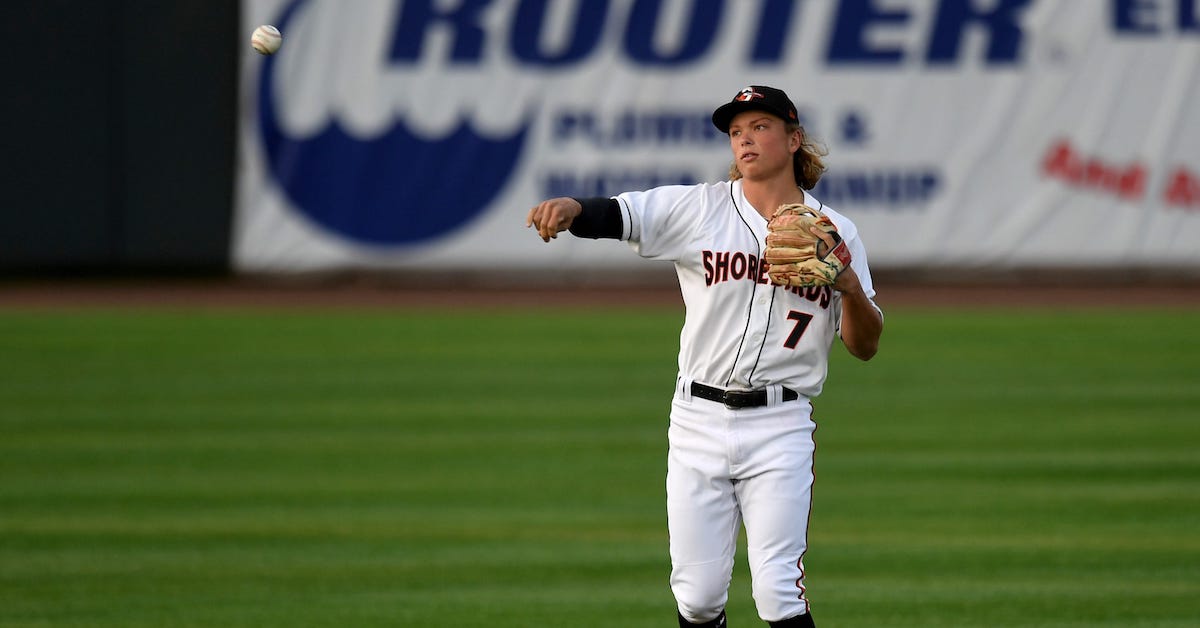Who Are the Most Underrated Players on the 2023 Tampa Bay Rays?

“Let’s Talk About Underrated 2023 Orioles” was the subtitle of my Sunday Notes column on September 10, with the opening section having featured a combination of Baltimore broadcasters and scribes opining on that very topic. Today, we’ll head south and talk about underrated Tampa Bay Rays — arguably an even more subjective exercise. Few teams in any sport have enjoyed as much success while getting contributions from as many players who largely fly under the radar from a national perspective.
The six people quoted below — four Tampa Bay broadcasters and a pair of the team’s beat writers — offered their perspectives on Wednesday when the Rays played the Red Sox at Fenway Park.
———
Brian Anderson, Rays broadcaster:
“The guy who had the big game tonight: Josh Lowe. Coming into the season, it was Vidal Bruján, Jonathan Aranda, Luke Raley, and Josh Lowe — those four guys for two spots — and it was a battle right to the end of spring training. Raley and Lowe got them. Not only did [Lowe] fight for a roster spot and get it, he turned it into .290 with 20 home runs, and he’s 32-for-35 in stolen bases. He’s third on the team in runs driven in. He plays a good outfield. I mean, he’s gone through the roof for a guy who, until the end of camp, didn’t know if he was going to make the team or not. To be able to do what he did… I don’t think anyone saw him putting together the kind of year he’s put together.” Read the rest of this entry »










